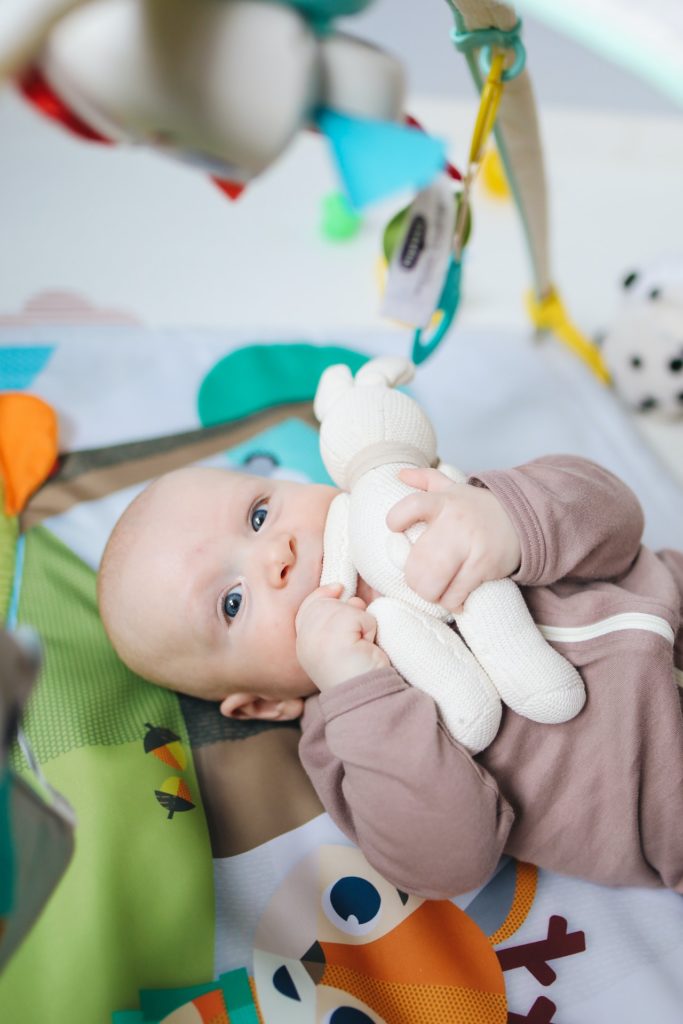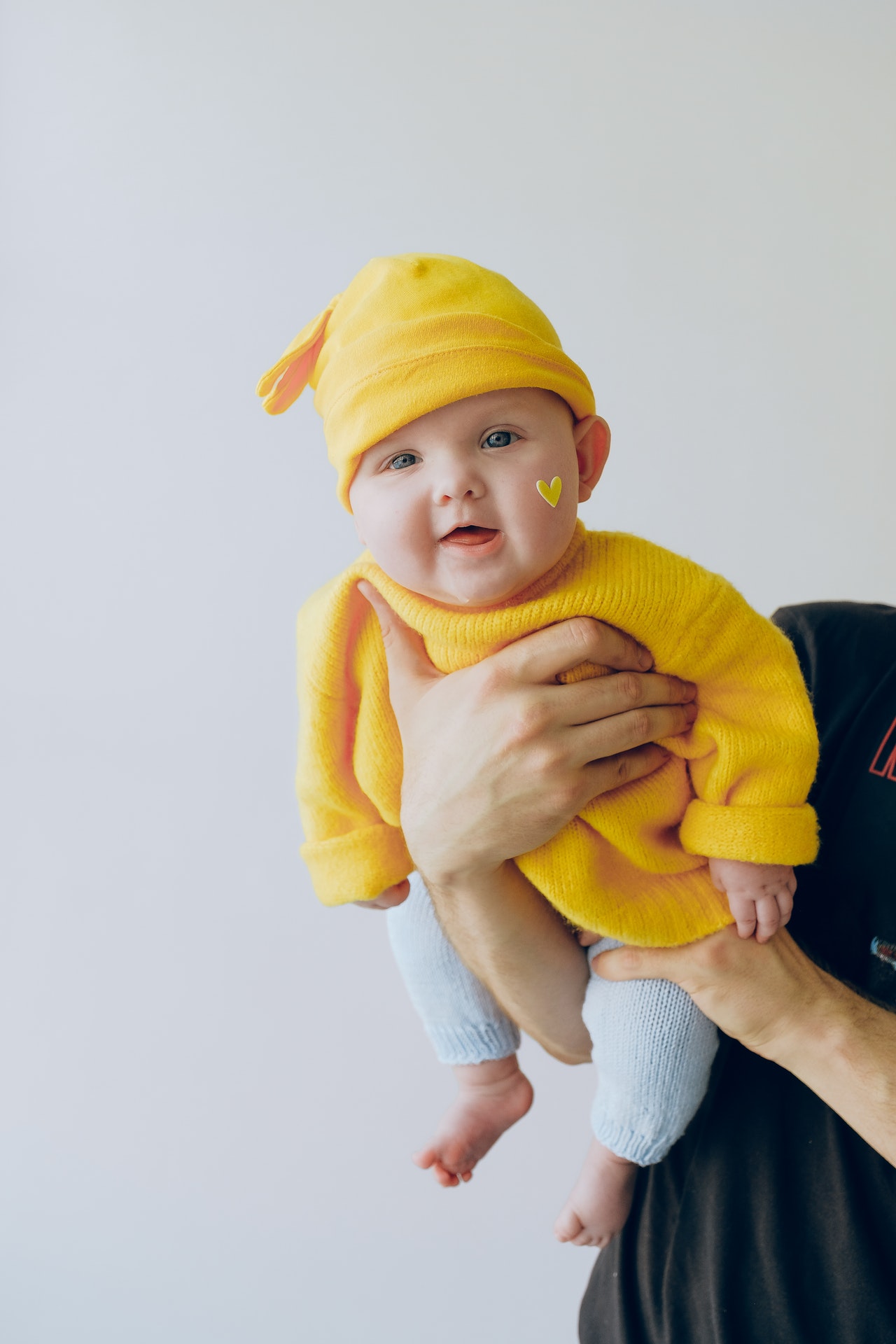East Toledo Family Center
Two Months Old Activities
Sing songs you remember from your childhood to your baby. Hold your baby close in your arms or in a baby carrier. Gently dance with your baby.
With your baby on their back, take a tissue and wave it above your baby for them to see. Tissues also can fly, float, and tickle parts of your baby’s body. See how your baby responds. If they fuss, then stop playing.
If your baby cries, find out what they need. They are letting you know something with their cry. When you respond, they learn to trust you are there for them. You cannot spoil your baby at this age.
Place interesting things close to their bed for them to look at. Hang objects or toys out of reach. Tape simple pictures from magazines on the wall.
Hold your baby and put your face close to theirs. Make silly faces. Smile at your baby. Stick out your tongue. Yawn. Wait a few seconds and see if they try to repeat your actions back to you.
Step back from your baby so they cannot see you. Gently call their name. Watch what they do. Do they stop moving for a moment? Do they try to movetheir head toward your voice? Pick them up. Say, “Here I am.”
Talk to your baby about what they are doing, seeing, hearing, and feeling. Say, “I am changing your diaper. You will like being nice and dry. I love you!”
Introduce new, safe* objects for your baby to explore. Simple objects such as plastic cups and big wooden spoons are all new to them.
*Be sure to review safety guidelines with your health care provider.


Help your child
learn and Grow!
Try these fun and easy activities with your 2-monh-old.
These are a great way to have fun together and encourage your child’s healthy development.
These are a great way to have fun together and encourage your child’s healthy development.
- Take turns with your baby when they make cooing and gurgling sounds. Have a “conversation” back and forth with simple sounds that they can make.
- Sing to your baby (even if you don’t do it well). Repetition of songs and lullabies helps your baby to learn and listen.
- Gently shake a rattle or another baby toy that makes a noise. Put it in your baby’s hand. See if she takes it, even for a brief moment.
- Read simple books to your baby. Even if they do not understand the story, they will enjoy being close and listening to you read.
- Put a puppet or small sock on your finger. Say your baby’s name while moving the puppet or sock up and down. See whether they follow the movement. Now move your finger in a circle. Each time your baby is able to follow the puppet, try a new movement.
- Rest your baby, tummy down, on your arm, with your hand on their chest. Use your other hand to secure your baby-support their head and neck. Gently swing them back and forth. As they gets older, walk around to give them different views.
- With white paper and a black marker, create several easy-to-recognize images on each piece of paper. Start with simple patterns (diagonal stripes, bull’s eyes, checkerboards, triangles). Place the pictures so that your baby can see them (8″-12″ from their face). Tape these pictures next to their car seat or crib.
- Place a shatterproof mirror close to your baby where they can see it. Start talking, and tap the mirror to get them to look. The mirror will provide visual stimulation. Eventually your baby will understand their reflection.
